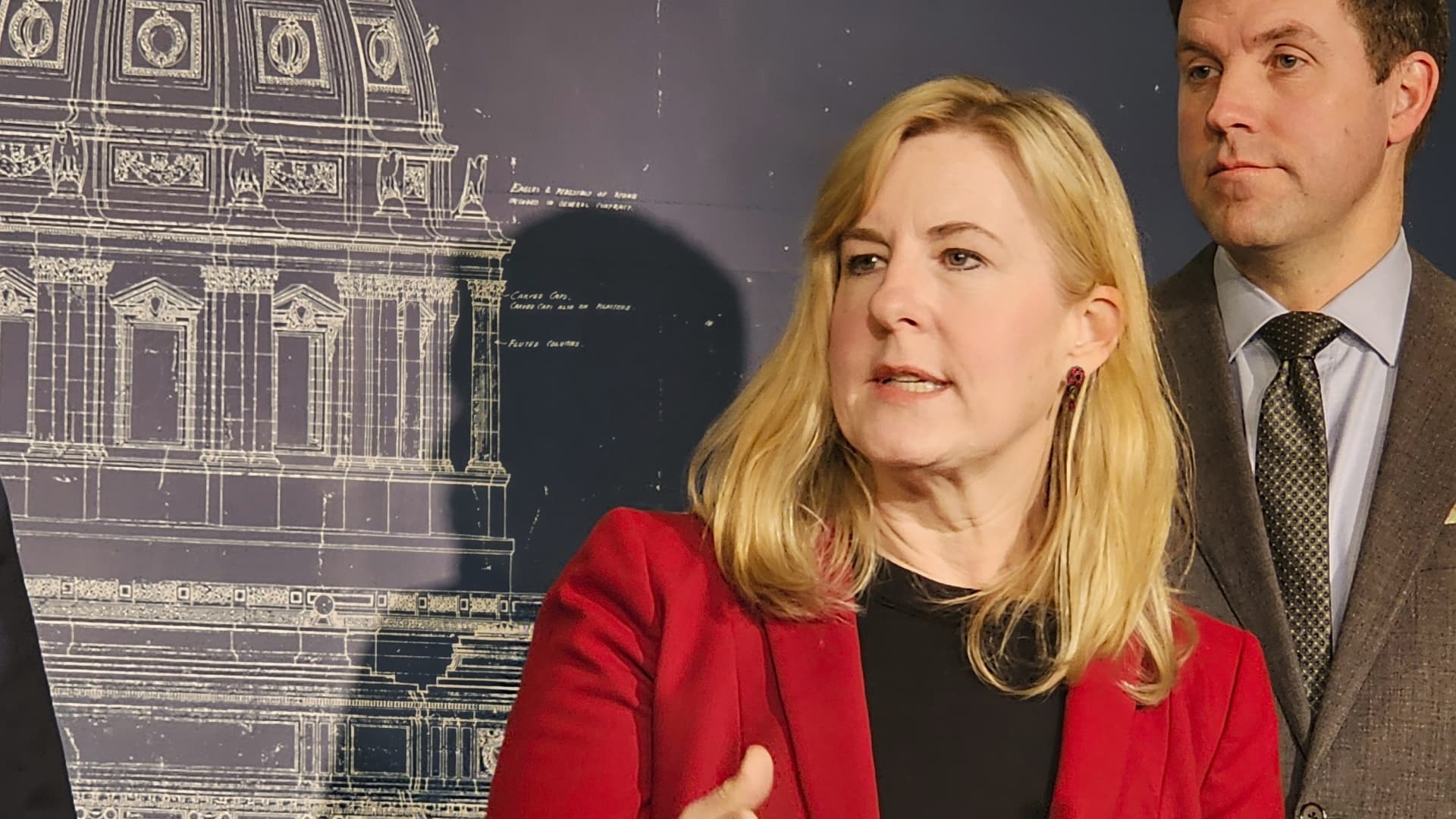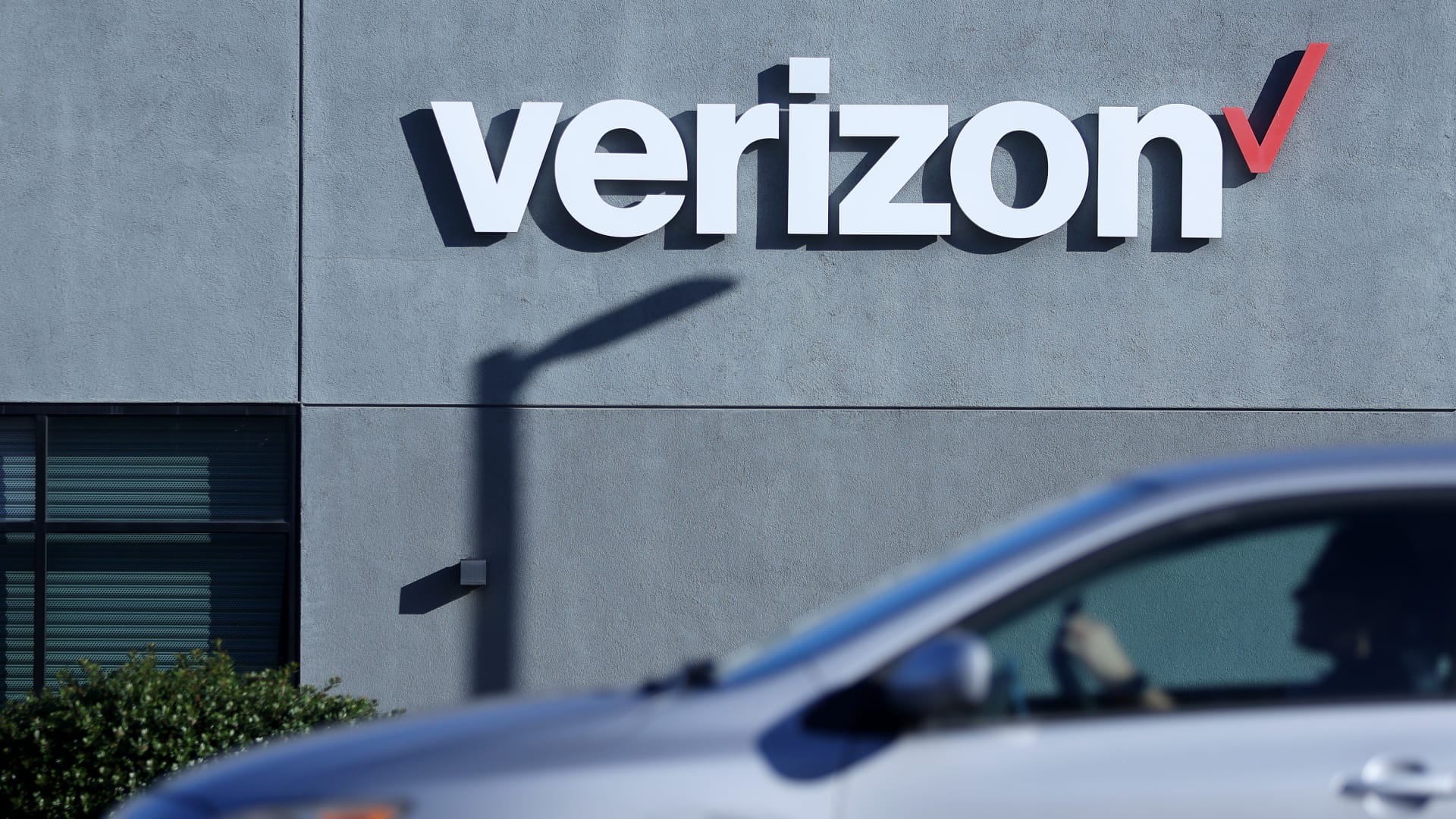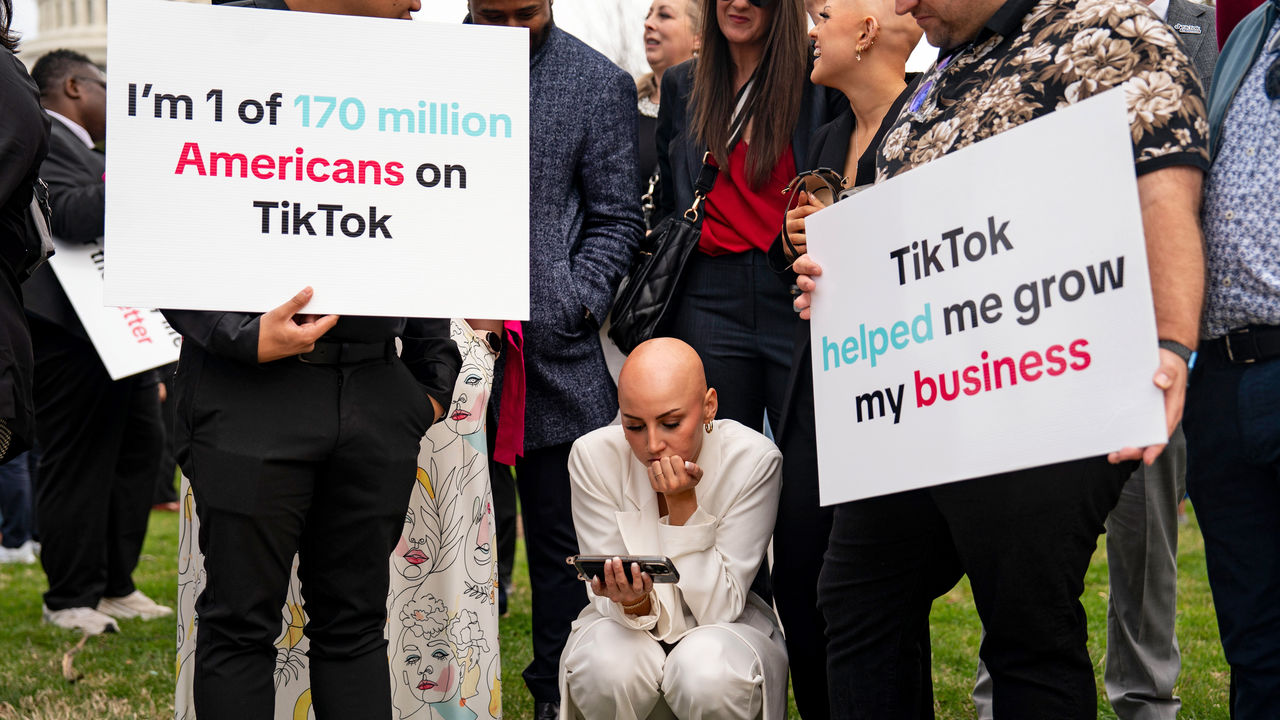Typically, quarterly payments apply to income without tax withholdings, such as earnings from self-employment, freelancing or gig economy work. You may also owe payments for interest, dividends, capital gains or rental income.
The U.S. tax system is “pay-as-you-go,” meaning the IRS expects you to pay taxes as you earn income. If your taxes are not withheld from earnings, you must pay the IRS directly.
The quarterly tax deadlines for 2025 are April 15, June 16, Sept. 15 and Jan. 15, 2026. These dates don’t line up with calendar quarters and so can easily be missed, experts said.
The second-quarter deadline in particular “often sneaks up on people,” especially higher earners or business owners with irregular income, said certified financial planner Nathan Sebesta, owner of Access Wealth Strategies in Artesia, New Mexico.
“I often see clients forget capital gains, side income, or large distributions that were not subject to withholding,” Sebesta said.
Quarterly payments are due for individuals, sole proprietors, partners and S corporation shareholders who expect to owe at least $1,000 for the current tax year, according to the IRS. The threshold is $500 for corporations.
Avoid ‘underpayment penalties’
If you skip the June 16 deadline, you could see an interest-based penalty based on the current interest rate and how much you should have paid. That penalty compounds daily.
On-time quarterly payments can help avoid “possible underpayment penalties,” the IRS said in an early June news release.
Employer withholdings are considered evenly paid throughout the year. By comparison, quarterly payments have set time frames and deadlines, said CFP Laurette Dearden, director of wealth management for Dearden Financial Services in Laurel, Maryland.
“This is why a penalty often occurs,” said Dearden, who is also a certified public accountant.

Meet the safe harbor guidelines
You can avoid an underpayment penalty by following the safe harbor guidelines, according to Dearden.
To satisfy the rule, you must pay at least 90% of your 2025 tax liability or 100% of your 2024 taxes, whichever is smaller.
That threshold increases to 110% if your 2024 adjusted gross income was $150,000 or more, which you can find on line 11 of Form 1040 from your 2024 tax return.
However, the safe harbor protects you only from underpayment penalties. If you don’t pay enough, you could still owe taxes for 2025, experts say.















Leave a Reply